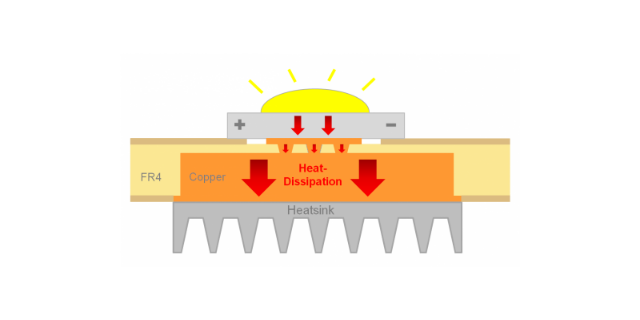How to Choose the Right Color Temperature
Natural or artificial, light, and its features affect the look and feel of a space and also have profound effects on human mood, emotions, and well-being. Light color temperature, is the light feature that creates different environments with its scale ranging from hot to cold.

Natural or artificial, light, and its features affect the look and feel of a space and also have profound effects on human mood, emotions, and well-being. Light color temperature, is the light feature that creates different environments with its scale ranging from hot to cold.
What is color temperature?
Color temperature (Correlated Color Temperature, or CCT) defines how warm or cold the light appears and measured by temperature in Kelvin (K). Light sources of violet/blue end on the color spectrum are the cooler colors and, those on the red/orange/yellow side are warmer.
Warm white; up to 3300 K, reddish, warm
Intermediate white; 3300-5300 K, white, neutral
Cool white; from 5300 K, bluish, cool
Color temperature samples for various spaces
- Hospitality: 2700K-3000K
- Offices: 3000K-4000K
- Schools: 3500K
- Surgical Lights: 4000K
- Manufacturing: 4000K-6000K
- Jewelry Cases: 4500K-6000K (especially diamonds and silver)
- Residential: 2700K-3000K
- Outdoor: 3000K-4000K
- Hospitals: 3500K-5000K
Tips to reply when selecting the color temperature
- The desired atmosphere
- Colors in the space
- The function of the space
- Users features
- Geographical location
The light color temperature choice depends on where we need light. Cool light is beneficial for productivity and alertness like at offices, in workstations. As a sample for highly concentrated work phases CCT should be 5500K to 5800 K. Warm light creates a cozy atmosphere, it is ideal for restaurants, residences, and hotels. Using cool light makes users happier and more energized; on the other hand, warm light calms them.
When choosing the color temperature, the architect and lighting designer must consider the finishes and color palette of each space. Blues, silver, grays look beautiful under cool light; reds, orange, yellow, gold and wood tones under warm white light.
Color temperature in lighting design also varies depending on geographical locations, climates, and cultures. In cold climate countries, for example, lights with low color temperatures are more popular; vice versa people living in hot climates like Thailand, Brasil or, Kenya prefer high color temperatures for a feeling of coolness.
For urban lighting, International Dark Sky Association recommends color temperature no more than 3000K with minimum blue light emission since blue light brightens the night sky more than any other color. And some researches show that exposure to blue light harms human health and endangers wildlife.
While choosing the color temperature of a light source, the CRI color rending index, is also another characteristic of light to be considered. CRI is the scala to show how well the light source interprets the real color of an item. 100 is the top score, which means the color is really like under the daylight.
Considering that all these variables above will exist in various projects, using a flexible lighting system is the smartest solution. With lighting automation systems to control lights from anywhere and adapt the lighting level and color temperature to the project and users’ requirements is possible.
Sources:
https://www.lightingdesignlab.com/
https://fr.paulmann.com/conseil/conseils-d-eclairage
https://www.schorsch.com/en/kbase/glossary
https://www.erco.com
https://www.researchgate.net/
https://zumtobel.us/





